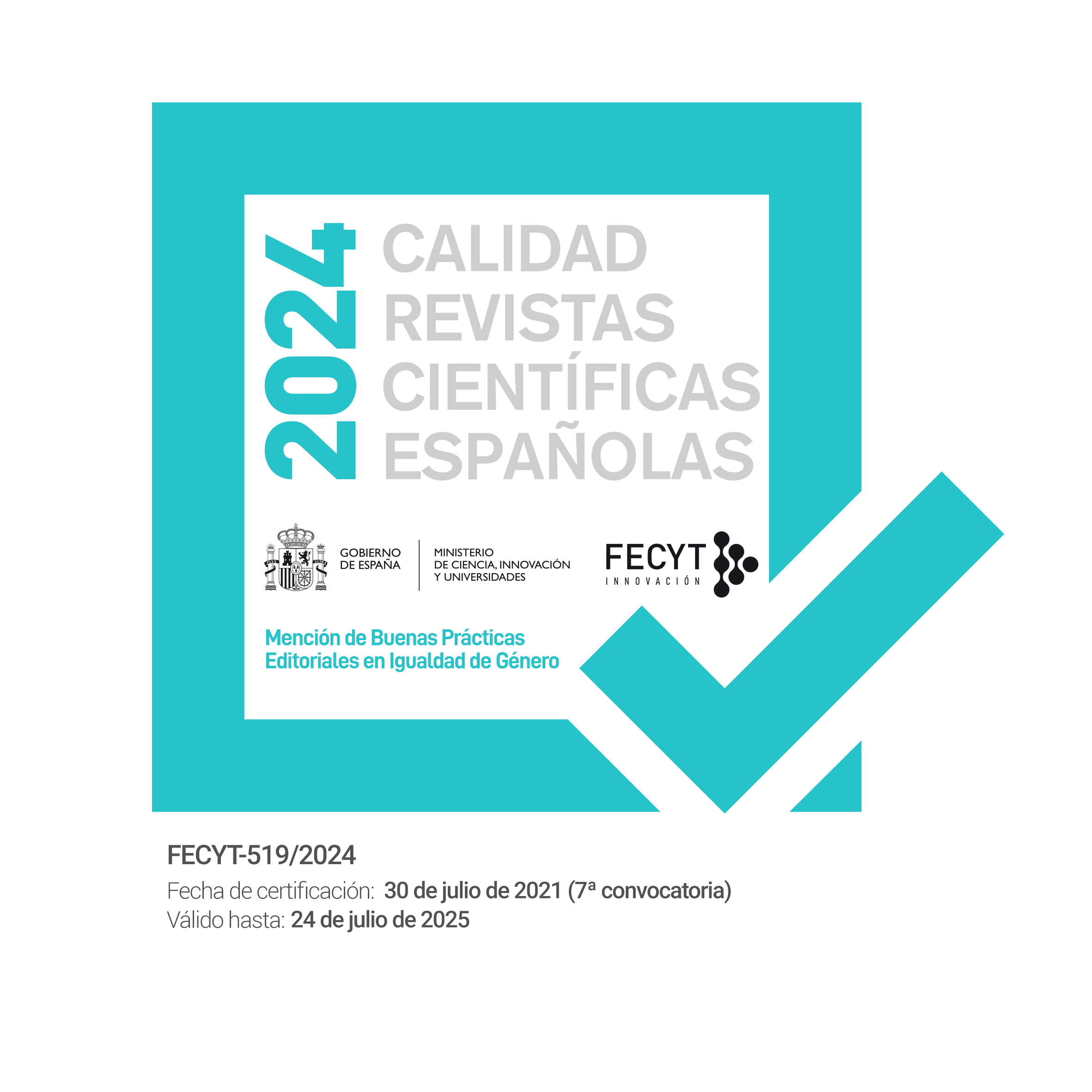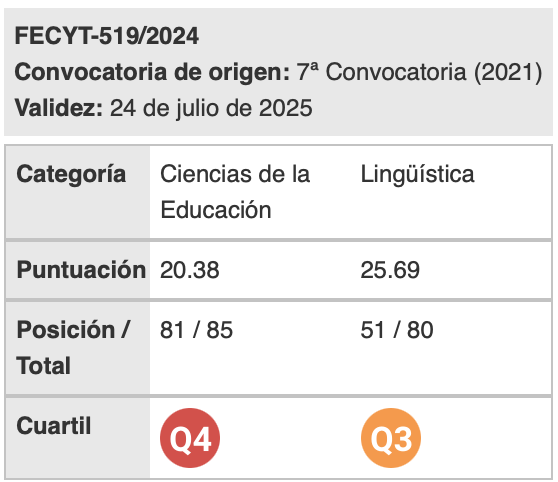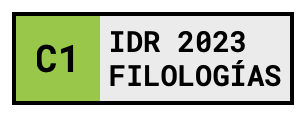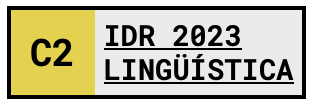Totalitarianism and language: The concentration camp as a multilingual space and the figure of the concentrationist interpreter
Keywords:
communicattion, interpretation, totalitarianism, concentration campsAbstract
This paper examines the relationships between absolute power and language. Nazi concentration camps embody the space where the maximum expression of totalitarianism was put into practice. By becoming forcedly multilingual societies from the onset of the war, the German language grew to be, more than ever, an instrument of oppression at the service of the system: deformed and distorted, it practically evolved into a violent and rudimentary protolanguage. Being able to acquire and use this new form of speech was directly related to the prisoners’ prospects of survival. In addition, a lingua franca that incorporated features of several languages spoken by the deportees naturally emerged; it was used in the communication among inmates and revealed the social structures of the camp. In this intercultural space, concentrarionary interpreters arose as the communicative link between persecutors and persecuted. The study of their behavior seems especially interesting for researchers concerned about enlightening the mechanisms through which interlinguistic mediation develops in spaces of maximum pressure.
Downloads
References
Amat-Piniella, J. (1984) [1963]. K.L. Reich: els catalans als camps d'extermini de Hitler. Barcelona: Edicions 62, S.A.
Arendt, H. (2006) [1951]. Los orígenes del Totalitarismo. Madrid: Alianza.
Aschenberg, H. (2016). Linguistic Terror in Nazi Concentration camps: Lucien and Gilbert, Portraits of Two “Interpreters”. En Wolf. M. (Ed.), Interpreting in Nazi Concentration Camps (pp. 63–78). London: Bloomsbury Academic.
Borowski, T. (2004). Nuestro hogar es Auschwitz. Barcelona: Alba Editorial, S.L.
Buber-Neumann, M. (2005) [1949]. Prisionera de Stalin y de Hitler. Barcelona: Galaxia Gutenberg.
Cronin, M. (2006). Translation and Identity. New York: Routledge.
Frankl, V. (2001) [1946]. El hombre en busca de sentido. Barcelona: Herder.
Goffman, E. (1994) [1961]. Internados: Ensayos sobre la situación social de los enfermos mentales. Buenos Aires: Amorrortu Editores.
Gramling, D. (2012). An Other unspeakability: Levi and Lagerszpracha. New German Critique, 117, 39(3), 165–187.
Gramling, D. (2016). Translanguagers and the Concentrationary Universe. En Wolf, M. (Ed.), Interpreting in Nazi concentration camps (pp. 43–55). London: Bloomsbury Academic.
Klemperer, V. (2001) [1947]. LTI: Apuntes de un filólogo. Barcelona: Editorial Minúscula.
Kogon, E. (2005) [1946]. El Estado de la SS: el sistema de los campos de concentración alemanes. Barcelona: Alba Editorial.
Kuon, P. (2016). “L’écrit reste. L’écrit est une trace, tandis que les paroles s’envolent”: On the Hermeneutics of Holocaust Survivor Memoirs. En Wolf, M. (Ed.), Interpreting in Nazi concentration camps (pp. 149–160). London: Bloomsbury Academic.
Levi, P. (1989) [1986]. Los hundidos y los salvados. Barcelona: Muchnik Editores, S.A.
Levi, P. (1999) [1947]. Si esto es un hombre. Barcelona: Muchnik Editores, S.A.
Miñano-Mañero, L. (2016). Las lenguas en los campos de concentración: acción, contacto y vivencia. Lynx: Panorámica de Estudios Lingüísticos, 15, 135-154.
Núñez, M. (2005) [1980]. El carretó dels gossos. Barcelona: Edicions 62.
Prenninger, A. (2016). The Camp Society: Approaches to Social Structure and Ordinary Life in Nazi Concentration Camps. En Wolf, M. (Ed.), Interpreting in Nazi concentration camps (pp. 25–40). London: Bloomsbury Academic.
Rousset, D. (2010) [1946]. L’univers concentracionaire. Paris: Pluriel.
Sánchez Zapatero, J. (2010). Escribir el horror: Literatura y campos de concentración. Barcelona: Editorial Montesinos.
Sofsky, W. (2016) [1997]. La organización del terror: los campos de concentración. Buenos Aires: Prometeo Libros.
Steinberg, P. (2004) [1996]. Crónicas del mundo oscuro. Barcelona: Círculo de Lectores.
Todorov, T. (2010). Le siècle des totalitarismes. Paris: Éditions Robert Laffont.
Tryuk, M. (2010). Interpreting in Nazi concentration camps during World War II, Interpreting, 12(2), 125–145.
Tryuk, M. (2016a). Interpreting and translating in Nazi concentration camps during World War II. Linguistica Antverpiensia, New Series: Themes in Translation Studies, 15, 121–141.
Tryuk, M. (2016b). Interpreters in the Concentration Camp of Majdanek (1941-1944). En Wolf, M. (Ed.), Interpreting in Nazi concentration camps (pp. 115–133). London: Bloomsbury Academic.
Venezia, S. (2010) [2007]. Sonderkommando: el testimonio de un judío obligado a trabajar en las cámaras de gas. Barcelona: RBA Libros, S.A.
Wiesel, E. (2013) [1958]. Trilogía de la noche. Barcelona: Austral.
Wolf, M. (2016a). Someone whispered the translation in 100 languages, like a Babel…”: Interpreting in the Mauthausen Concentration Camp. En Wolf, M. (Ed.), Interpreting in Nazi concentration camps (pp. 95–113). London: Bloomsbury Academic.
Wolf, M. (2016b). Introduction: Interpreting in Nazi Concentration Camps—Challenging the “Order of terror”? En Wolf, M. (Ed.), Interpreting in Nazi concentration camps (pp. 1–21). London: Bloomsbury Academic.
Downloads
Published
How to Cite
Issue
Section
License
Authors who publish with this journal agree to the following terms:
- Authors retain copyright and grant the journal right of first publication with the work simultaneously licensed under a Creative Commons Attribution License that allows others to share the work with an acknowledgement of the work's authorship and initial publication in this journal.
- Authors are able to enter into separate, additional contractual arrangements for the non-exclusive distribution of the journal's published version of the work (e.g., post it to an institutional repository or publish it in a book), with an acknowledgement of its initial publication in this journal.
- Authors are permitted and encouraged to post their work online (e.g., in institutional repositories or on their website) prior to and during the submission process, as it can lead to productive exchanges, as well as earlier and greater citation of published work (See The Effect of Open Access).

Revista de Lenguas para fines específicos is licensed under a Creative Commons Reconocimiento-NoComercial-SinObraDerivada 4.0 Internacional License.

























